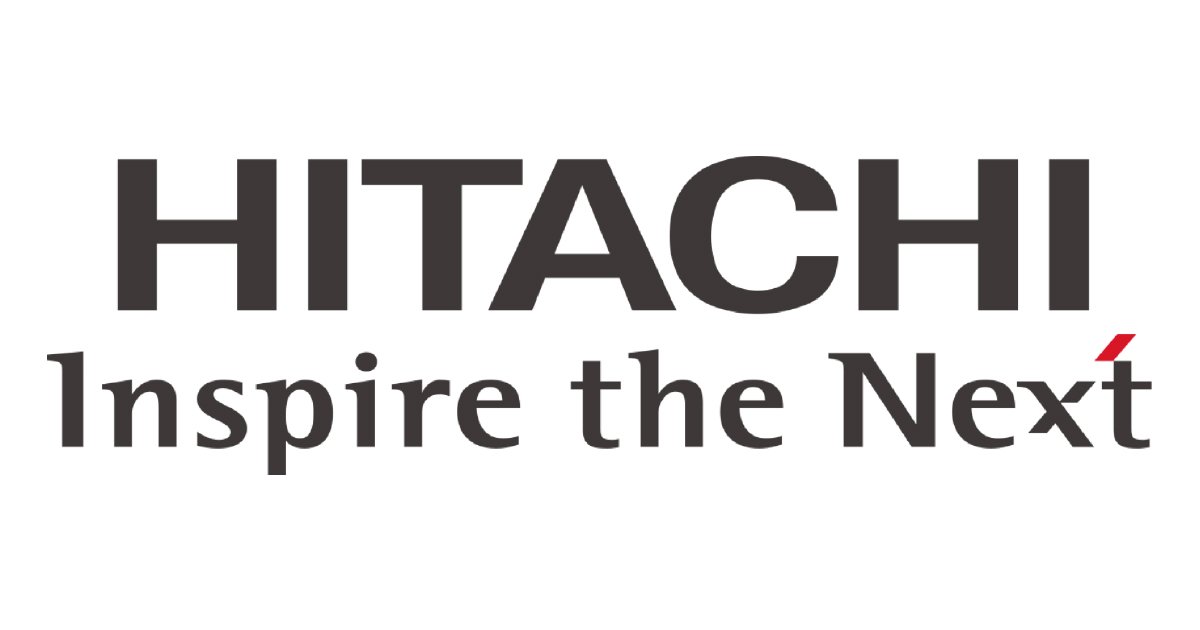History of Hitachi Vantara
Hitachi Vantara is a subsidiary of Hitachi Ltd., and it was formerly known as Hitachi Data Systems. The company was founded in 1989, and its headquarters are located in Santa Clara, California. In 2011, Hitachi Ltd. acquired HDS for $2 billion USD in order to expand its cloud services offerings worldwide.
HDS was an early adopter of IT solutions that enabled companies to manage their data more efficiently and effectively than ever before; this included helping businesses store information on servers rather than hard drives or tapes (which were common methods at the time). In addition to providing these solutions themselves through partnerships with other companies such as IBM or Microsoft Azure Cloud Services
Hitachi Vantara Stock Information
Hitachi Vantara is a global leader in providing IT solutions. It was formed by the merger of Hitachi Data Systems and EMC Corporation’s VCE division in 2018.
Hitachi Vantara has its headquarters in Santa Clara, California, with operations across North America, Europe, Asia Pacific and Japan. The company generated revenue of $7.7 billion in 2019 through its four business segments: Software & Services; Infrastructure Solutions; Manufacturing & Industrial Products; and Other Revenue (including services).
Hitachi Vantara Website and Contact Information
Hitachi Vantara is a subsidiary of Hitachi, Ltd. The company was founded in 2016 and has offices in Santa Clara, California; Austin, Texas; and Tokyo. It provides cloud-based services for big data analytics and artificial intelligence (AI).
Hitachi Vantara’s website can be found at www.hitachivantara.com. You can contact them by phone at +1 408-970-1000 or by emailing [email protected] if you have any questions about their products or services that they offer
Hitachi Vantara Products and Services
Hitachi Vantara is a leading provider of data storage, data protection and analytics solutions. We also provide cloud solutions, AI and machine learning solutions, IoT solutions and more.
Hitachi Vantara Acquired by Hitachi in 2011
In 2011, Hitachi acquired Hitachi Data Systems (HDS), creating the Hitachi Vantara brand. The new company combined HDS’s servers, storage and networking businesses with Hitachi’s software business.
The acquisition brought together two companies with similar histories: Both were founded in the early 1970s as spinoffs from their parent companies–Hitachi by Nippon Telegraph & Telephone Corp., which later became NTT; and HDS by IBM, which sold its PC business to Lenovo in 2004 but still owns 49% of its former subsidiary today.
Hitachi Vantara’s Innovative Technologies
Hitachi Vantara’s innovative technologies include:
- Edge computing, a technology that uses the cloud to process data closer to where it is collected and analyzed. This reduces latency and allows for more efficient analytics.
- Hybrid IT, which combines on-premises infrastructure with cloud-based services to create an optimal environment for innovation and business growth.
- AI (artificial intelligence), machine learning, deep learning–these are all terms you’ve probably heard before but may not fully understand what they mean or how they work together as part of Hitachi Vantara’s overall solution strategy for its customers’ businesses.
Hitachi Vantara’s Expansion in the Automotive Industry
Hitachi Vantara has been expanding its presence in the automotive industry. In 2016, Hitachi Vantara partnered with BMW Group to create V2X (vehicle-to-everything), a technology that enables vehicles to communicate with each other and their surroundings. It also opened a research center in Munich focused on developing AI technologies for autonomous and electric vehicles.
In addition to these partnerships, Hitachi Vantara has developed technologies such as “Hitachi Brain”–a deep learning platform–and “Hitachi Automotive Intelligence Platform.” These tools help cars improve safety by detecting pedestrians or cyclists at night; recognize road signs; predict traffic patterns; detect obstacles such as potholes or ice patches on the road ahead; identify nearby hazards like deer crossing signs during hunting season; provide information about weather conditions such as foggy conditions so drivers can adjust their speed accordingly…
Source : Google
Editor by : Softwarehubs

